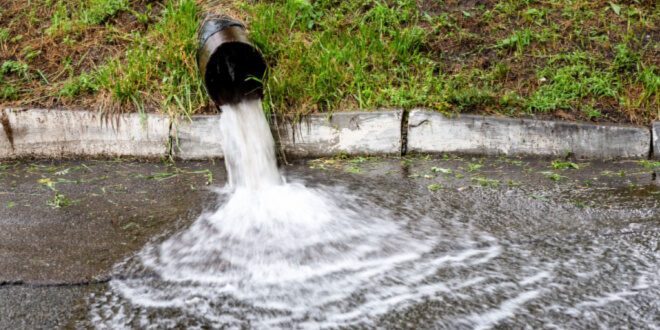In a unanimous decision, the State Water Resources Control Board approved new rules this week, paving the way for water agencies to covert wastewater to drinking water. The board’s vote gives California the highest standards in the nation for treating wastewater to such an extent that the finished product meets or exceeds current drinking water standards.
Known as direct potable reuse, the rules enable water systems throughout the state to generate a climate-resilient water source, allowing the end-product to be fed straight into drinking water systems without first making a stop in some kind of environmental buffer.
The technology, which has been used for more than a decade in Orange County, puts pre-treated waste discharge through intense microfiltration, reverse osmosis and disinfection by ultraviolet light and hydrogen peroxide.
“This is an exciting development in the state’s ongoing efforts to find innovative solutions to the challenges of extreme weather driven by climate change,” said E. Joaquin Esquivel, chair of the State Water Board. “On top of helping us build drought resilient water supplies, direct potable reuse offers energy savings and environmental benefits. And most importantly, these regulations ensure that the water produced is not only safe, but purer than many drinking water sources we now rely on.”
The new regulations, which took years to craft and an expert panel of scientists and engineers weighing in, mandate an additional ozone disinfectant process and biological carbon filtration for greater pathogen removal and strict monitoring is also required.
The final product is expected to be more expensive than imported water, but is touted as a more renewable and reliable supply for California as climate change continues. Investments in facilities to treat the wastewater are expected to run at least $1 billion, limiting availability to large, well-funded water supply utilities.
The regulations do not take effect immediately as they must undergo a final review by the Office of Administrative Law before being implemented, likely next year sometime.
 California Water News Daily Your Source For Water News in California
California Water News Daily Your Source For Water News in California


